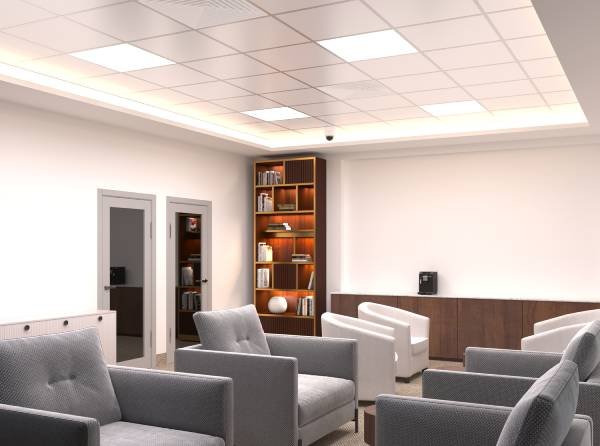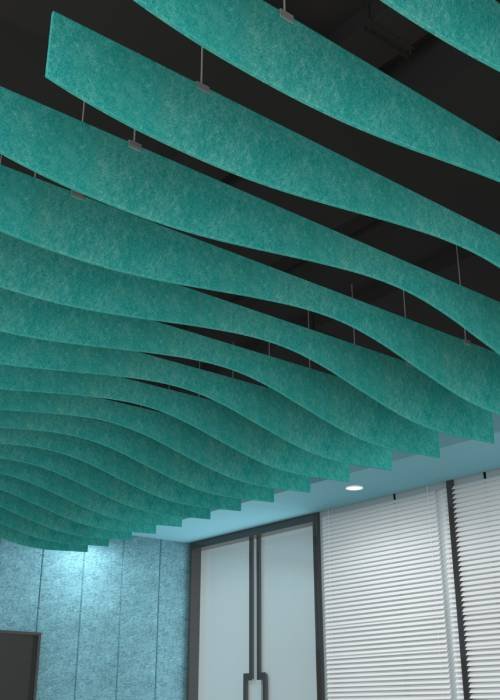Acoustic boards help lessen undesirable reflected sound in any room...
In simple terms, a fake ceiling is a prefabricated ceiling that is hung above a space not in its vicinity. These are generally mounted at a minimum height of 8 feet from the ground. They come in a variety of styles and colors and are constructed from a variety of materials including aluminum, wood, vinyl, sheet metal and acrylic. One can also find them with a hard glossy finish. In this article we will discuss some types of false ceilings.
One of the most popular false ceilings is the pop ceiling. A pop ceiling resembles a traditional ceiling except it comes with a detached skirt and is designed to pop up when pulled upward. This allows the ceiling to be reached quickly for cleaning and maintenance. It is an easy to install alternative to the classic free standing artificial sky. Pop ceilings made from gypsum are known for their scratch resistant surface, excellent insulation and water and moisture resistance.


Another type of popular false ceiling material is the gypsum false ceiling. It is made from a composite of plastic resins and is designed to look like an authentic gypsum ceiling. The appearance of the material is similar to that of natural gypsum and comes in a variety of colors. The major benefit of using gypsum false ceilings is that it is easy to install and maintain, but it is also less expensive than the more traditional composite resins.
Acoustic boards help lessen undesirable reflected sound in any room...
Acoustic boards help lessen undesirable reflected sound in any room...
Open spaces have been known as the trending layout for...
WhatsApp us